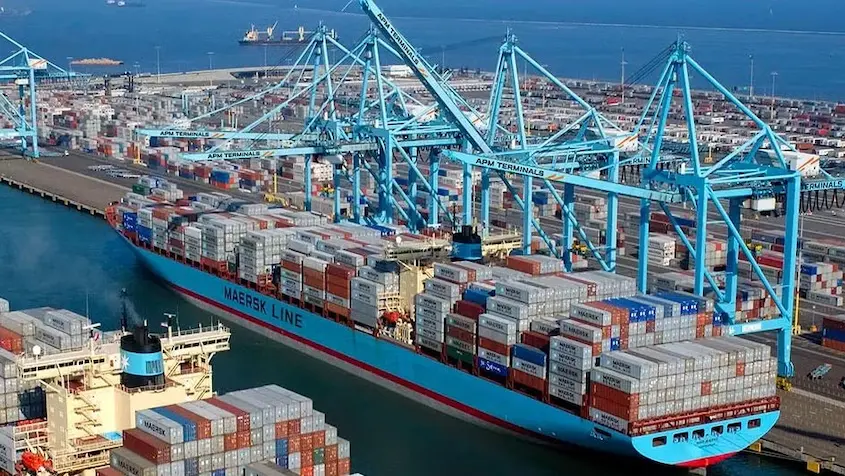
India has formally notified the WTO of its intent to impose retaliatory duties on US goods, challenging Washington’s auto tariffs.
India’s WTO Gambit: A Calculated Response to US Auto Tariffs
In a dramatic escalation of trade tensions, India has formally notified the World Trade Organization (WTO) of its intention to impose retaliatory tariff on select US-origin goods. This move comes in direct response to the 25% safeguard tariffs imposed by the United States on imports of passenger vehicles, light trucks and auto parts from India, effective May 3, 2025.
Table of Contents
According to India’s WTO submission, the US tariffs are expected to impact $2.89 billion worth of Indian exports annually, resulting in a projected duty collection of $723.75 million by Washington. India has now reserved the right to impose equivalent duties on US products, citing violations of the General Agreement on Tariffs and Trade (GATT) 1994 and the WTO Agreement on Safeguards.
Key Points from India’s WTO Notification:
- India invoked Article 12.5 of the Safeguards Agreement to justify its retaliatory stance.
- The proposed duties are not yet implemented, but India has signaled it may act 30 days from the date of notification.
- India retains the right to revise the product list and tariff structure as needed.
This development is not just a legal manoeuvre it’s a strategic warning shot. With the July 9 deadline for finalizing a bilateral trade deal looming, India’s move is widely seen as an attempt to gain leverage in negotiations with Washington.
Trade Talks on Thin Ice: What’s at Stake?
The timing of India’s WTO notification is no coincidence. Both nations are in the final stages of negotiating an interim trade agreement, with high hopes of announcing a first-phase deal before the July 9 deadline set by US President Donald Trump.
However, the US’s unilateral tariff hikes imposed under the guise of national security have complicated the talks. India has already shown flexibility by offering to lower certain tariff barriers, but it has refused to concede on sensitive sectors like agriculture and dairy.
Why This Matters:
- The US tariffs were not notified to the WTO, violating procedural norms.
- India’s retaliatory threat could derail the trade deal, especially if Washington perceives it as confrontational.
- The move underscores India’s assertiveness on the global trade stage, signaling it won’t tolerate unilateral actions.
Trade analysts suggest that India’s WTO filing is a calculated pressure tactic. By invoking its rights under international law, New Delhi is reminding Washington that diplomacy must be a two-way street.
What Lies Ahead: Retaliation or Reconciliation?
While India has not yet specified which US goods will face retaliatory tariffs, the scope and scale of the proposed action are significant. The government has left the door open to modifying or expanding the list of targeted products, depending on how the US responds.
This isn’t the first time India has taken such a stance. In 2018, it threatened similar retaliatory duties in response to US tariffs on steel and aluminum, though it ultimately held back. Whether this latest move results in actual tariffs or remains a negotiating tool will depend on the outcome of the ongoing trade talks.
Possible Scenarios:
- Deal Reached: If both sides finalize the interim agreement, India may withdraw or delay the retaliatory duties.
- No Deal: India could proceed with the tariffs, potentially triggering a tit-for-tat escalation.
- WTO Dispute Panel: If unresolved, the matter could be escalated to a formal dispute settlement process at the WTO.
Regardless of the outcome, India’s assertive posture sends a clear message: it will not allow its trade interests to be undermined without consequence.
A Defining Moment in India-US Trade Relations
India’s decision to notify the WTO of potential retaliatory duties marks a pivotal moment in its evolving trade relationship with the United States. It reflects a broader shift in India’s global trade strategy, from reactive to proactive, from accommodating to assertive.
As the world watches, the next few days will be crucial. Will diplomacy prevail, or are we on the brink of a new trade standoff between two of the world’s largest democracies?
One thing is certain: India is no longer playing defense on the global trade field. It’s stepping up, speaking out, and demanding fairness.
Stay updated with the latest news on Rapido Updates. Keep yourself updated with The World, India News, Entertainment, Market, Automobile, Gadgets, Sports, and many more
Also read – Tariff Truce in Sight: Trump’s Bold Promise Rekindles Hope for India-US Trade Breakthrough
1 thought on “India Strikes Back: Retaliatory Tariff Threat Sends Shockwaves Through US Trade Talks”